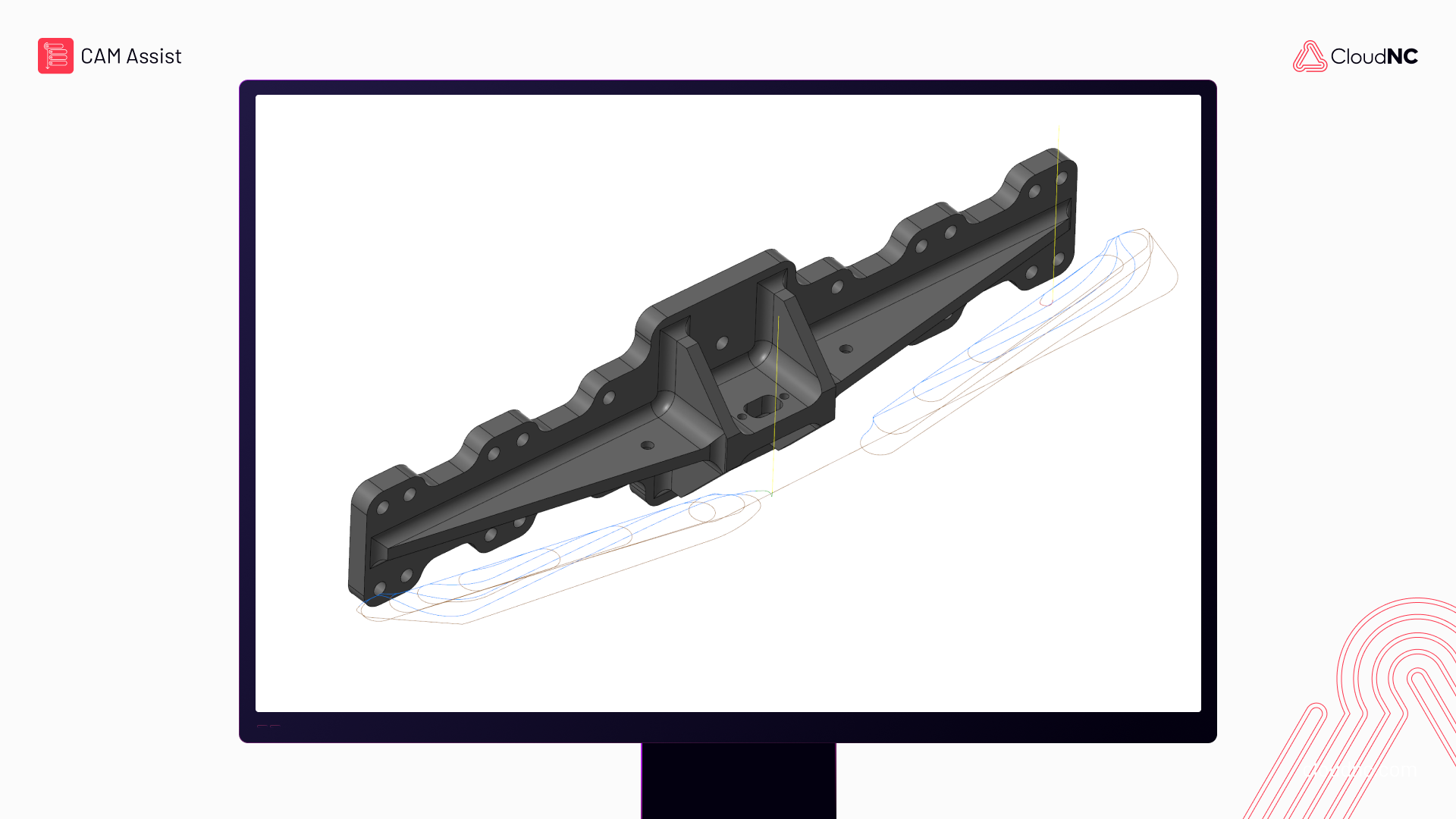
What will happen in manufacturing in 2023? Here’s the predictions of CloudNC co-founder and CEO Theo Saville, originally published at MCADCafe:
1. Machining starts to get simpler
One of the big challenges of the manufacturing industry is just how hard it is to get anything done.
I’m not just referring to challenges like finding reliable suppliers, sourcing materials and experienced staff, and ensuring deliveries turn up on time – difficult as all those are. As a student, when I first sat down at a CNC machine – effectively, the mini-factory that powers much of the manufacturing world – I couldn’t believe how difficult and unintuitive it was to use. Indeed, if you sat 99.99% of the population down in front of one and asked them to program it, they wouldn’t have a clue where to start – as opposed to something like 3D printing, which is far easier to get started with.
In 2023, this will start to change. Our company, CloudNC, will introduce new software that will automate much of the process of programming a CNC machine to produce a component, and will licence this through tech partners to CAM programmers across the world.
While we don’t anticipate our technology replacing the role of the expert in the process, we do expect it to do a lot of the grunt work for them, freeing them up for more difficult tasks where their expertise has more impact. And as this tech improves and iterates, it will be able to do more and more – allowing some components to be produced with a single-click of a mouse, instead of five hours (or more) of design time.
2. The manufacturing skills gap grows - but tech helps us compensate
Why does this matter? Because talent is already a severe constraint in the manufacturing sector, and the problem is getting worse. In a digital world, manufacturing is an old-school industry in which progress is reliant on experience gleaned from years of working with tools and machines, and that doesn’t appeal to young people seeking careers as it used to.
The industry figures clearly reflect this: the talent is ageing out. Half of the sector’s current workers in the sector will retire in the next 15 years, and their replacements are nowhere to be found – creating a huge expertise gap, all while demand for manufactured components grows worldwide.
That’s why new technology is so important: it allows manufacturers to bridge the skills gap. If experts are retiring and not being replaced, then we need to enable less-skilled workers to be able to do the same job, while they learn how to become better.
With solutions that improve the production process – whether by enabling machines to be programmed more easily, or organising factories so they work more efficiently and reliably, or anything else that helps a struggling sector do more with less – we can help manufacturing sectors avoid the stagnation and decline that will otherwise follow.
3. Onshoring picks up speed
So what happens if we do bridge the skills gap? Then anything is possible – including the re-birth of domestic manufacturing in countries like the US and UK.
If you can make manufacturing more cost-effective with technology, and enable new workers to perform at a similar level to those with more experience, then you resolve many of the sticking points preventing governments and corporations from achieving an increasingly pressing ambition – securing their supply chains and bringing production closer to home.
That’s been an ambition of those with foresight companies for some time. Companies like Patagonia have focused on achieving a smaller carbon footprint and tighter supply chain, and younger generations of consumers have bought into their approach. But with the recent increase in geo-political tension – from the conflict in Ukraine, the Covid-19 pandemic, and the cost-of-living crisis everywhere – the benefits of producing closer to home now aren’t just environmental, they’re political too.
The obstacle to onshoring, though, has always been cost. As much as we would like to source from local suppliers, supporting domestic jobs and saving the planet in the process, it’s hard for a corporation to do so when a supplier on the other side of the world is offering the same components for a fraction of the price.
But by helping manufacturers become more efficient and reliable through smart applications of technology, we begin to create situations where it does make sense to bring more and more work closer to home. At CloudNC’s own factory in Chelmsford, we’re already making components for companies that used to outsource their manufacturing to China, but are finding today that it again makes sense to look to domestic suppliers for support.
While we shouldn’t overstate the case – technology will not cause Western world manufacturing sectors to rebound overnight – I believe that 2023 will see some green shoots of recovery, spurred by new technology, that in years to come will bear much fruit. And if I’m correct, that’s something for us all to celebrate.




